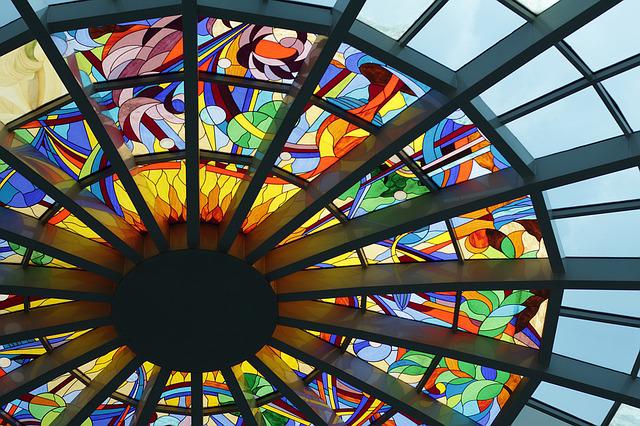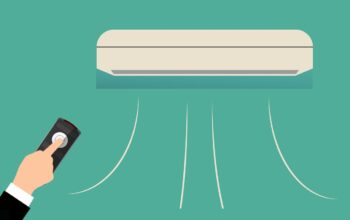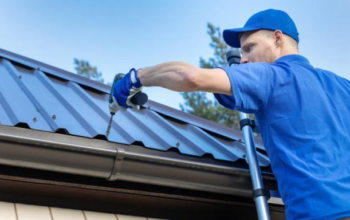On Instagram, you might have noticed a sudden rush of lantern roof lights in your favorite renovation accounts houses. Or even went to see a friend after the lockdown and saw how much light was coming into their new kitchen from above. But why did demand suddenly rise?
For a good reason, homeowners throughout the nation are using lantern roof lights to highlight their interior areas. They provide many advantages over just an excellent source of natural light. They also provide ventilation in the summer, energy savings in the winter, a ton of aesthetic value, and maybe most significantly, a favorable effect on the inhabitants’ mental health and welfare.
What is a Lantern roof light?
A roof lantern is a mostly glass structure that rests on a flat roof and illuminates the space below. Roof lanterns are faceted constructions consisting of individual glass panes, sometimes called small conservatory.
Lantern roof lights are first and foremost windows built into a flat roof. However, the genius of the roof lantern’s architectural design determines how it varies from a skylight. From the exterior, a lantern roof light transforms a flat roof into a bright, glazed structure with an almost mystical appearance. Internally, the lantern’s pitch extends the height of the ceiling, giving the impression that your space is more significant.
Lantern roof lights have traditionally been connected to orangeries and conservatories. Installed to increase the amount of sunlight that enters the structure. For centuries, they were securely established amid this location’s glazed additions and structures. They have made significant advancements in recent years. They are now employed not only in glass additions but also over stairways, kitchens, living rooms, and pretty much anyplace else there could be a flat roof.
The advantages of roof lantern lights
You might be wondering what additional advantages come with purchasing one, other than simply taking pleasure in the lovely aesthetic of a lantern roof light and breathtaking vistas of the sky above from within your home. The following are a few of the most noteworthy advantages owners can enjoy:
1. More natural light.
The natural light that floods your home has increased, to start with the most noticeable change. It is crucial for both practical reasons—illuminating the space throughout the day—and health reasons, since research has shown that natural light has various significant advantages for wellbeing. Positively affecting our mood and concentration in general.
2. It is energy saving.
Adding natural light through a lantern roof light will not only lessen your dependence on artificial lighting, but the energy-efficient glass will also improve the thermal efficiency of your home. For instance, toughened, argon-filled, 4-16-4 units with heated edge spacer bars are the industry standard for Roof Lanterns. As a result, there is little heat loss through each toughened glass during the winter, and the edges of the sealed glazed units are maintained apart to minimize cold bridging, which is when there is a space between two insulated components. As a result of this gap’s cooler temperature than the surroundings, condensation may accumulate. Resulting in heat loss, the formation of mold, and structural degradation.
3. A growth in property value.
Prospective purchasers will be thrilled to find that your property has a roof lantern for the reasons above. Increasing your home’s ability to be sold. When looking to purchase a new house, desired features include natural light, low utility costs, and a peaceful environment. The current architectural feature of your property can also distinguish it from competing listings and influence the decision to make an offer.
What is the price of a roof lantern?
You may be thinking about how much a roof lantern may cost now that you know what a lantern roof light is and all the advantages of owning one. The quick answer is that costs will vary significantly based on the suppliers and the materials chosen. It is due to several factors. Few lanterns are naturally less expensive since the material cost is low, but they also have a much shorter lifespan. There is a case to be made that the cost may eventually be higher than available alternatives.
Are there any potential drawbacks to roof lanterns?
Verify the glazing properties. Roof lantern areas have the same danger of overheating in the summer and under heating in the winter as conservatories. Think about low-g glass for summer coolness and triple glazing for winter heat retention. Low-g triple glazing is an option for both, although it costs around 50% more than standard double glazing.
It would be best to avoid a roof lantern with an opening vent. In the summer, when it becomes pretty hot, this could be handy. However, this will call for automated opening, significantly increasing the cost.
Related Posts












